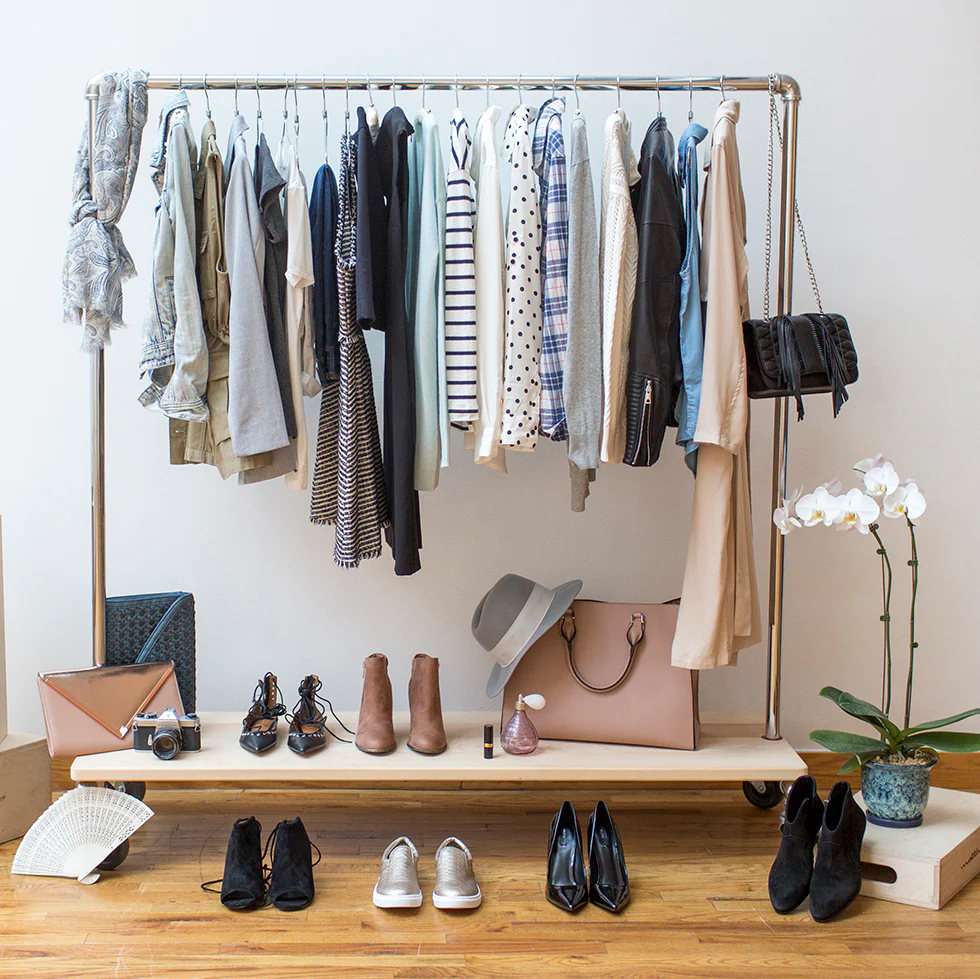Modern design is a style that has gained popularity in recent years, both in homes and offices. It is characterized by clean lines, minimalism, and functionality. To understand modern design, it is important to have a brief history of its origins. Modern design emerged in the early 20th century as a response to the ornate and elaborate styles of the Victorian era. Designers sought to create a more streamlined and efficient aesthetic that reflected the changing times.seanoon
Modern style in design can be defined as a style that emphasizes simplicity, minimalism, and functionality. It is characterized by clean lines, geometric shapes, and a lack of ornamentation. Modern design is often associated with the use of materials such as glass, steel, and concrete. It is a style that embraces the principles of form follows function, where the design of an object or space is determined by its intended purpose.
The Importance of Embracing Modern Style in Today’s World
In today’s fast-paced and ever-changing world, embracing modern style in design is more important than ever. Modern design reflects contemporary society and its values. It is a style that embraces simplicity, efficiency, and innovation. By incorporating modern design principles into our homes and offices, we can create spaces that are not only aesthetically pleasing but also functional and conducive to productivity.
One of the benefits of modern design in homes and offices is its ability to create a sense of calm and order. The clean lines and minimalistic aesthetic of modern design can help to reduce visual clutter and create a sense of spaciousness. This can be particularly beneficial in small spaces or in environments where there is a lot of activity or noise.
Key Elements of Modern Design: Minimalism, Simplicity, and Functionality
Minimalism is one of the key elements of modern design. It is characterized by simplicity and the use of clean lines and geometric shapes. Minimalist design often incorporates a limited color palette and a lack of ornamentation. The focus is on the essential elements of a design, with unnecessary details stripped away.
Simplicity is another important element of modern design. It is about creating designs that are easy to understand and use. This can be achieved through the use of clear and concise forms, as well as intuitive layouts and organization.
Functionality is perhaps the most important element of modern design. It is about creating designs that are not only aesthetically pleasing but also serve a purpose. Functionality is achieved through careful consideration of the intended use of a space or object, as well as the needs and preferences of the users.
Incorporating Technology and Innovation in Modern Design
Technology has had a significant impact on modern design. It has allowed designers to push the boundaries of what is possible and create innovative and cutting-edge designs. Technology has also made it possible to incorporate new materials and manufacturing techniques into modern design.
One example of how technology has influenced modern design is in the use of smart home technology. Smart home technology allows homeowners to control various aspects of their home, such as lighting, heating, and security, through their smartphones or other devices. This not only adds convenience but also allows for greater energy efficiency and sustainability.
Another example of innovative modern design is in the field of furniture design. Designers are constantly experimenting with new materials and manufacturing techniques to create furniture that is not only aesthetically pleasing but also functional and comfortable. For example, there are now chairs that are designed to adapt to the user’s body shape and provide optimal support.
Color Schemes and Materials for Modern Design
In modern design, color schemes tend to be neutral and understated. Whites, grays, blacks, and earth tones are commonly used to create a clean and timeless aesthetic. These colors provide a neutral backdrop that allows other elements of the design to stand out.
Materials commonly used in modern design include glass, steel, concrete, and wood. These materials are often used in their natural state or with minimal processing to showcase their inherent beauty. Glass is used to create transparency and lightness, while steel and concrete provide a sense of strength and durability. Wood adds warmth and texture to the design.
Furniture and Lighting Design for Modern Spaces

Furniture and lighting design play a crucial role in creating a modern aesthetic. In modern design, furniture tends to be sleek and minimalistic, with clean lines and simple forms. It is often made from materials such as wood, metal, or plastic. The focus is on functionality and comfort, with an emphasis on ergonomics.
Lighting design in modern spaces is also important. It is used to create a sense of ambiance and highlight key features of the design. In modern design, lighting fixtures tend to be simple and understated, with clean lines and minimal ornamentation. The use of LED lighting has become increasingly popular in modern design due to its energy efficiency and versatility.
Creating a Cohesive Look with Modern Style Accessories
Accessories play a crucial role in creating a cohesive look in modern design. When choosing accessories for a modern space, it is important to consider their form, function, and how they complement the overall design aesthetic.
In modern design, accessories tend to be minimalistic and functional. They should not overpower the space but rather enhance it. Examples of modern style accessories include sleek vases, minimalist wall art, and geometric sculptures. These accessories can add visual interest and personality to a space without detracting from the overall design.
Combining Modern Design with Traditional Elements
While modern design is often associated with minimalism and simplicity, it is possible to combine it with traditional elements to create a unique and eclectic look. This can be achieved by incorporating traditional materials or patterns into a modern design, or by using traditional furniture or accessories in a modern space.
One example of successfully combining modern design with traditional elements is the use of antique furniture in a modern space. The juxtaposition of old and new creates an interesting contrast and adds depth and character to the design. Another example is the use of traditional patterns, such as floral or paisley, in a modern space. This can add a touch of warmth and familiarity to an otherwise minimalist design.
Benefits of Embracing Modern Style in Your Home or Office
There are several benefits to embracing modern style in your home or office. One of the main benefits is improved functionality and efficiency. Modern design is all about creating spaces that are practical and easy to use. By incorporating modern design principles into your home or office, you can create a space that is organized, clutter-free, and conducive to productivity.
Another benefit of embracing modern style is increased aesthetic appeal. Modern design is known for its clean lines, minimalism, and timeless aesthetic. By incorporating modern design elements into your space, you can create a look that is sleek, sophisticated, and visually pleasing.
Finally, embracing modern style can enhance mood and productivity. The clean lines and minimalistic aesthetic of modern design can create a sense of calm and order, which can have a positive impact on mood and well-being. Additionally, by creating a space that is organized and clutter-free, you can reduce distractions and increase focus and productivity.
Tips for Achieving a Modern Design Aesthetic on a Budget
Achieving a modern design aesthetic doesn’t have to break the bank. There are several ways to incorporate modern design elements into your space on a budget.
One tip is to focus on decluttering and organizing your space. Removing unnecessary items and creating a sense of order can instantly make your space feel more modern and streamlined.
Another tip is to paint your walls in a neutral color. This can create a clean and timeless backdrop for your modern design elements. You can also add pops of color through accessories or artwork.
If you’re on a tight budget, consider DIY projects to create modern design elements. For example, you can create your own minimalist wall art using simple materials such as canvas and paint. You can also repurpose old furniture or accessories to give them a modern update.
Conclusion: Recap of the importance and benefits of modern design, and encouragement to embrace modern style in design.
In conclusion, modern design is a style that reflects contemporary society and its values. It is characterized by simplicity, minimalism, and functionality. Embracing modern style in design can have several benefits, including improved functionality and efficiency, increased aesthetic appeal, and enhanced mood and productivity.
Key elements of modern design include minimalism, simplicity, and functionality. These elements are incorporated through the use of clean lines, geometric shapes, and a limited color palette. Materials commonly used in modern design include glass, steel, concrete, and wood.
Furniture and lighting design play a crucial role in creating a modern aesthetic. Furniture tends to be sleek and minimalistic, while lighting fixtures are simple and understated. Accessories should complement the overall design aesthetic and be minimalistic and functional.
While modern design is often associated with minimalism and simplicity, it is possible to combine it with traditional elements to create a unique look. This can be achieved through the use of traditional materials or patterns in a modern space.
Embracing modern style in your home or office can have several benefits, including improved functionality and efficiency, increased aesthetic appeal, and enhanced mood and productivity. Achieving a modern design aesthetic on a budget is possible through decluttering and organizing your space, painting walls in neutral colors, and incorporating DIY projects.
In conclusion, embracing modern style in design is not only aesthetically pleasing but also practical and functional. By incorporating modern design principles into our homes and offices, we can create spaces that reflect our contemporary society and enhance our well-being.
If you’re looking to incorporate Modern Style design into your home, you may be interested in this article on “How to Change Your Living Room in a Hurry.” This article provides tips and tricks for quickly transforming your living room into a modern and stylish space. From furniture arrangement to color schemes, you’ll find practical advice on creating a contemporary look that suits your taste. Check out the article here.

